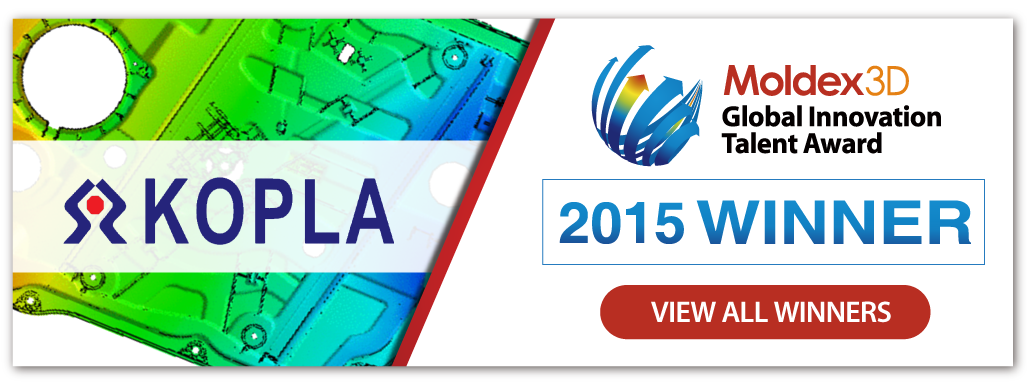
- Customer: KOPLA Engineering
- Country: Korea
- Industry: Automotive
- Solution: Moldex3D eDesign / FEA Interface
- View PDF Version
Executive Summary
The product in this case is a door module with a serious warpage problem (Fig. 1). The deformation led to difficulties in the assembling process. For solving the issue, KOPLA used Moldex3D to identify the material property variations from steel to plastic for the purpose of lightweight, and applied Moldex3D FEA Interface to run in-depth structural analysis (ANSYS). As a result, KOPLA was able to effectively find the optimized gate location design and decide the proper material to reduce warpage and successfully solve the assembling problem.
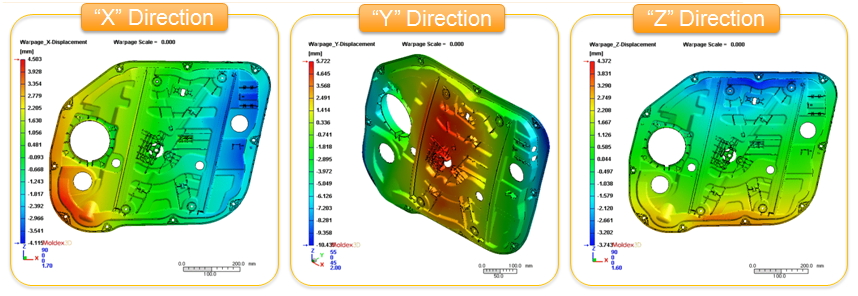 Fig. 1 The door module in this case has a serious warpage problem.
Fig. 1 The door module in this case has a serious warpage problem.
Challenges
- Serious warpage problems
- Poor assembling quality
- To achieve the lightweight target
Solutions
KOPLA utilized Moldex3D eDesign and FEA Interface module to identify the material properties and solve the warpage issue.
Benefits
- Successfully improved warpage
- Seamless workflow from injection molding to structural analysis
- More efficient material properties identification
- Reduced the cost of mold trials
Case Study
The part in this case is the side door of a car. Many holes on the part are designed for assembling with other parts, so the hole positions are very important. The primary concern of the case is to reduce warpage and ensure the assembling quality.
KOPLA utilized Moldex3D to find out the solution. For KOPLA, the first issue is to look for a proper gate position in order to attain good filling patterns and decrease potential warpage ratio. KOPLA repetitively changed the gate position settings until they found the optimized one and decided the gate type based on the warpage analysis results (Fig. 2).
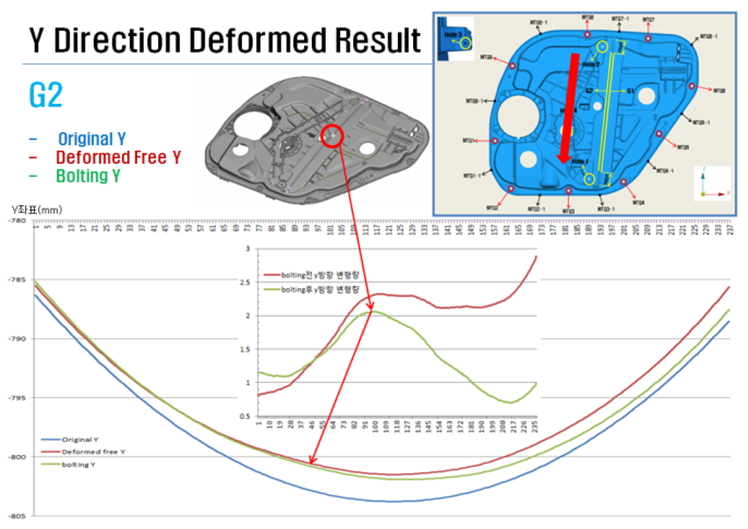
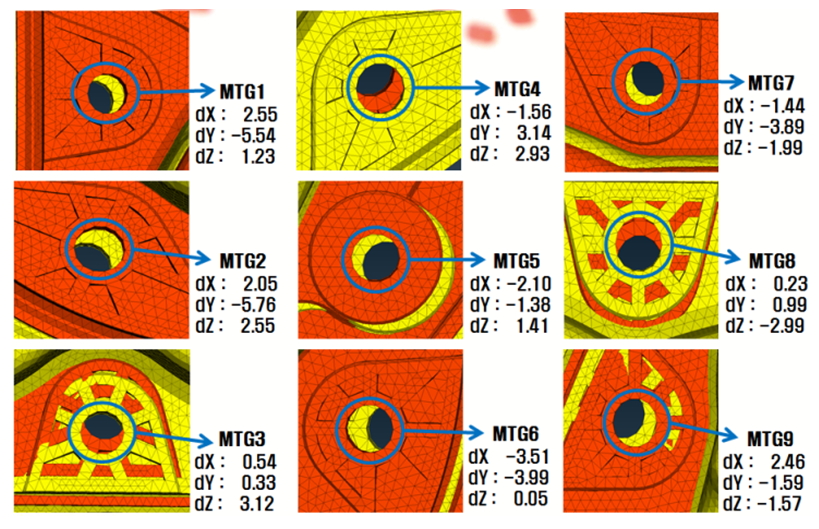 Fig. 2 KOPLA repetitively changed the gate position settings and simulated the deformation results.
Fig. 2 KOPLA repetitively changed the gate position settings and simulated the deformation results.
After finding the best gate location design, KOPLA could further output the warpage results, including fiber orientation and some element properties, through Moldex3D FEA Interface to ANSYS for in-depth structural analysis in order to observe the product strength and stability when assembling with other parts.
Having found that the part is warped toward the opposite side of the assembling plain, KOPLA decided to apply reversed mold warpage to compensate for this deflection. Also, the planar displacement of the bolt holes are also considered to correct the hole location accuracy. (Fig. 3 & Fig. 4). After changing the boundary condition settings, and checking the bolting displacement of the assembled part, KOPLA successfully improved the deformation and enhanced the structure design.
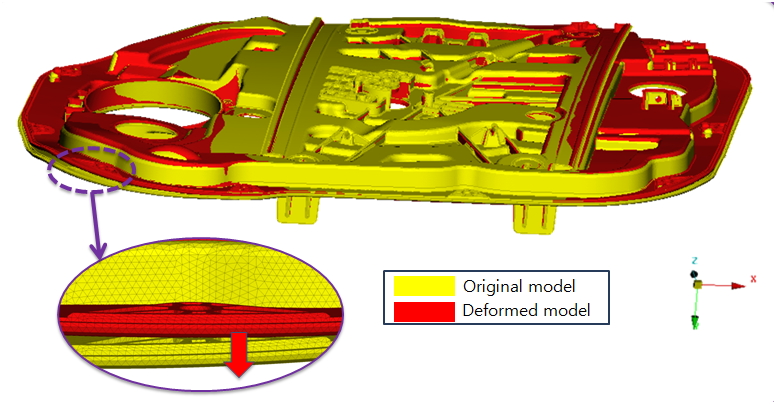 Fig. 3 The holes in the deformed model was consistent with the assumption.
Fig. 3 The holes in the deformed model was consistent with the assumption.
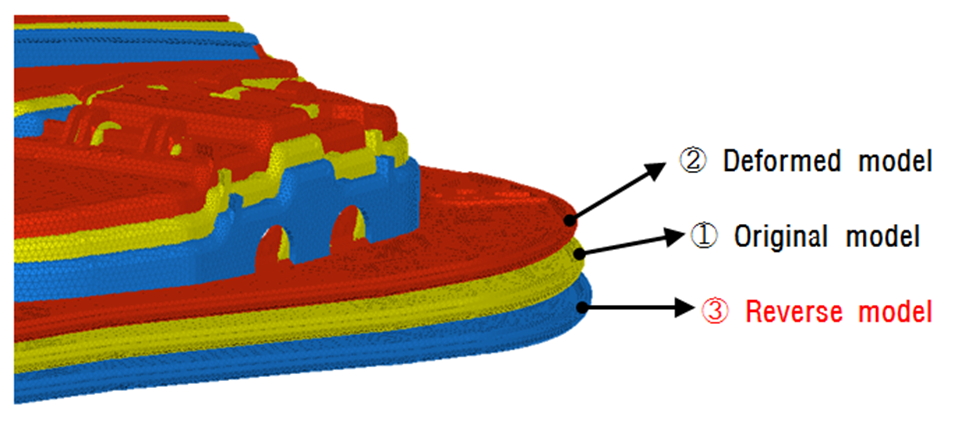
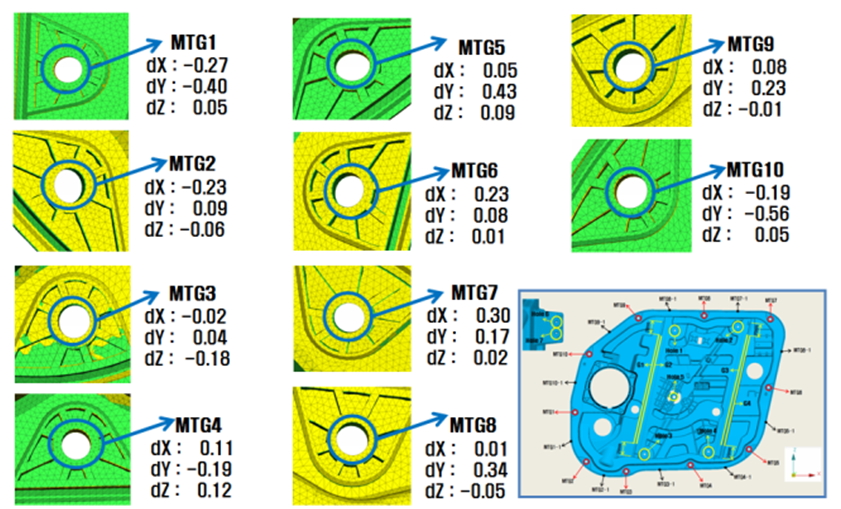 Fig. 4 The structural analysis of the part when being assembled with other parts.
Fig. 4 The structural analysis of the part when being assembled with other parts.
Results
Through the streamline cooperation of Moldex3D and ANSYS structural analysis, KOPLA was able to successfully improve the product deformation and enhance the structure design. They also found consistent patterns between the analysis results and the real product. This helped them efficiently understand the material properties and greatly influenced their product design decisions.
